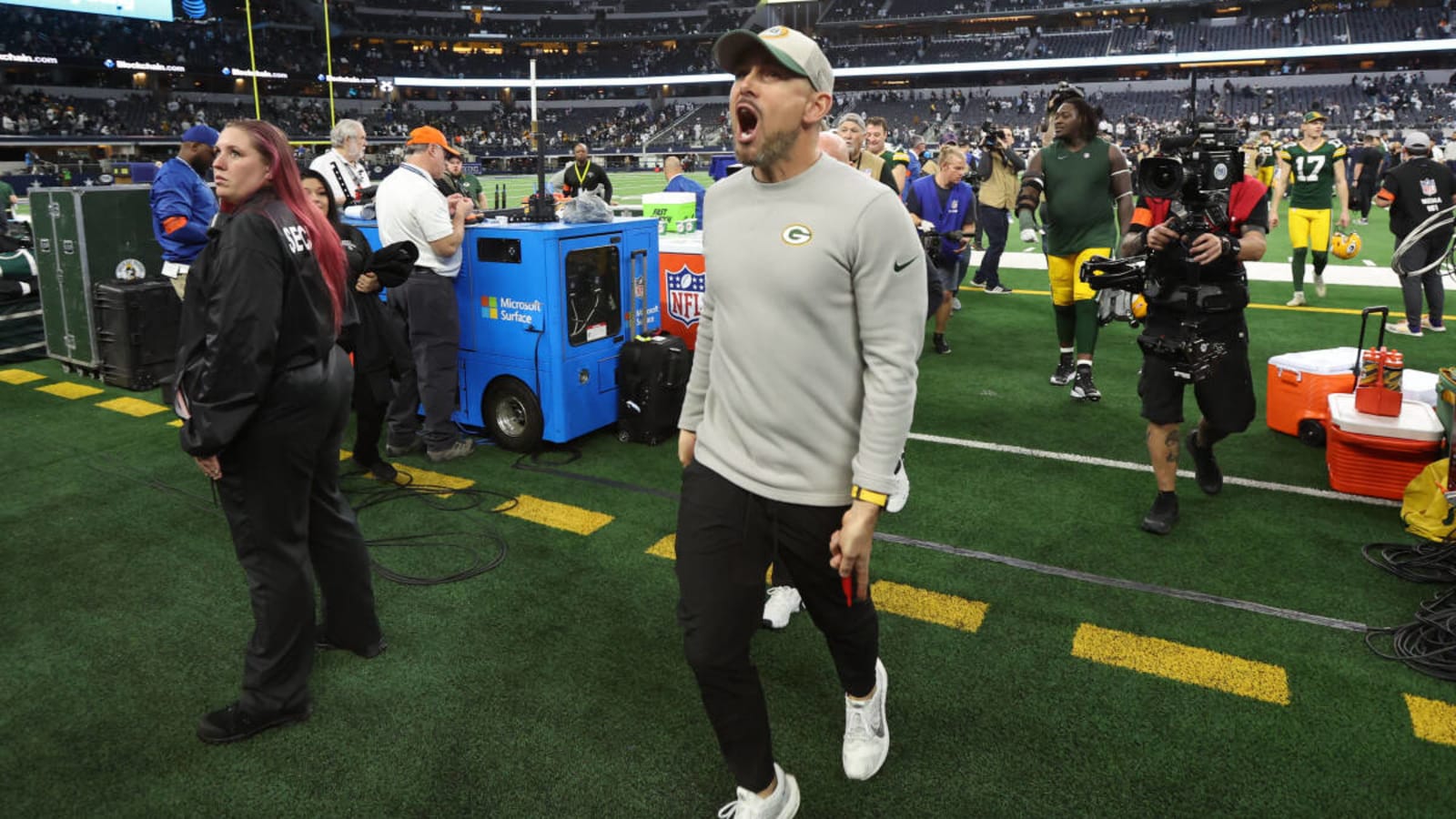
The value of the wide receiver position in the NFL has been one of the most heated discussions during every offseason over the last few years. Both sides have their merits, to be fair.
Those who defend the position say wide receivers generate the most on-field value outside of quarterbacks for an offense, which PFF proved to be true with a research taking wins above replacement as the parameter, and that the top of the market shows teams understand that value — Justin Jefferson is expected to be become the highest paid non-quarterback in football.
On the other hand, though, people who don't see the value argue that it's an easily replaceable position. Especially in an era where kids grow up playing 7-on-7, it has been realistic to find starting level receivers on day 3 of the draft.
But it's possible to unite both arguments to build the ideal roster-building strategy, and that's how we put the Green Bay Packers into the conversation.
Surplus value
The Packers showed last year how it's possible to have great results with young players. Not every pick will hit, but Green Bay drafted six receivers over the last two years, and also signed Bo Melton as a rookie off the Seattle Seahawks' practice squad. Several of these players are productive to a certain degree, even if none of them is anything close to a Davante Adams type.
Analyzing the market, 1B/2-level wide receivers are making a lot of money. Devonta Smith, who is a productive player but a wide receiver 2 with the Philadelphia Eagles, agreed to a contract in which he will make $25 million per year. That's more than Rashan Gary makes with the Packers.
When you draft a receiver, you have a potential good player with a controlled cost. Even second-round picks like Christian Watson ($2.3 million per year) and Jayden Reed ($1.7 million per year) have a relatively low salary. Imagine how much money these young players would make on the open market.
Early and often
The problem with this approach is that eventually, these guys will reach the final parts of their rookie deals. Christian Watson and Romeo Doubs, for example, will be eligible to get extensions next offseason. Maybe the Packers let them play their contracts out to get a fourth cheap year, but either way your options are to pay them or to let them leave in free agency.
It's hard to let good players leave, but it's much easier when you have a replacement in place. That's why teams should just keep drafting receivers early and often. If your receiver becomes great, it makes sense to pay him at the top of the market. But you are not forced to pay a good, not great player — just like Christian Watson and Romeo Doubs, for example.
Approach
There is a big discussion around the Packers, arguing if they need to draft more receivers or not. Initially, my perception was that it would make sense to look for a top receiver. But at this point, and looking at how the market is moving, Green Bay should keep throwing darts.
Obviously, they don't need to get three more players. The room would be too crowded and there wouldn't be space for everybody. But if the Packers can take a high-ceiling piece on day 2, for example, the value is there and the logic says it makes total sense.
If another draft pick hits at the position, the Packers will be in a much more favorable situation to handle Watson and Doubs in a year or two, plus Jayden Reed and Dontayvion Wicks after that.
More must-reads:
- 10 notable steals from the 2024 NFL Draft
- Five NFL starters who could be in danger of losing their job to a rookie
- The 'Most career passing touchdowns' quiz
Breaking News
Customize Your Newsletter
 +
+
Get the latest news and rumors, customized to your favorite sports and teams. Emailed daily. Always free!

